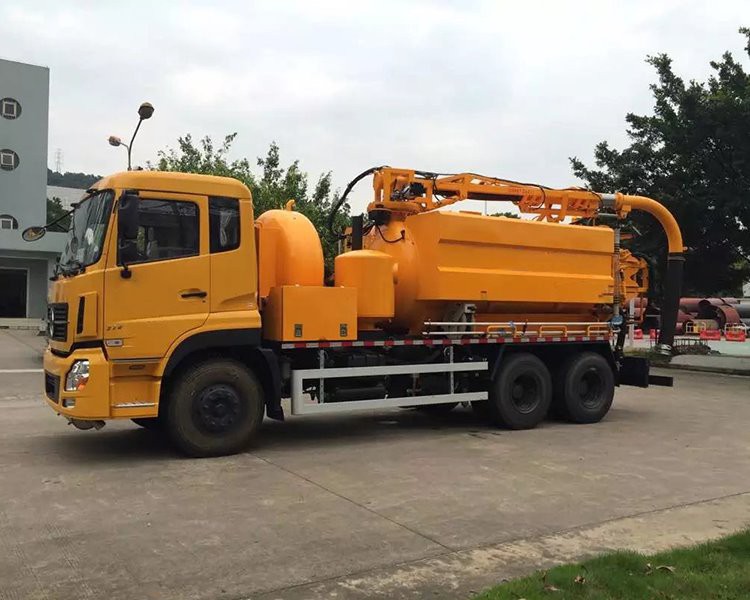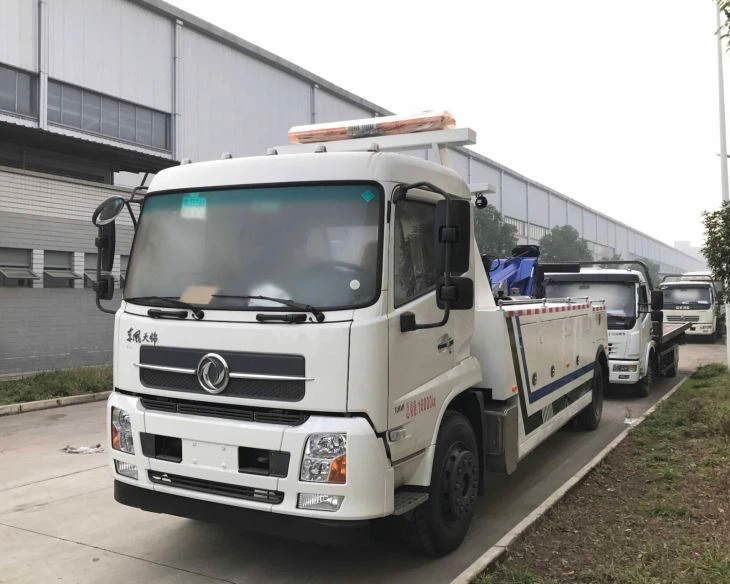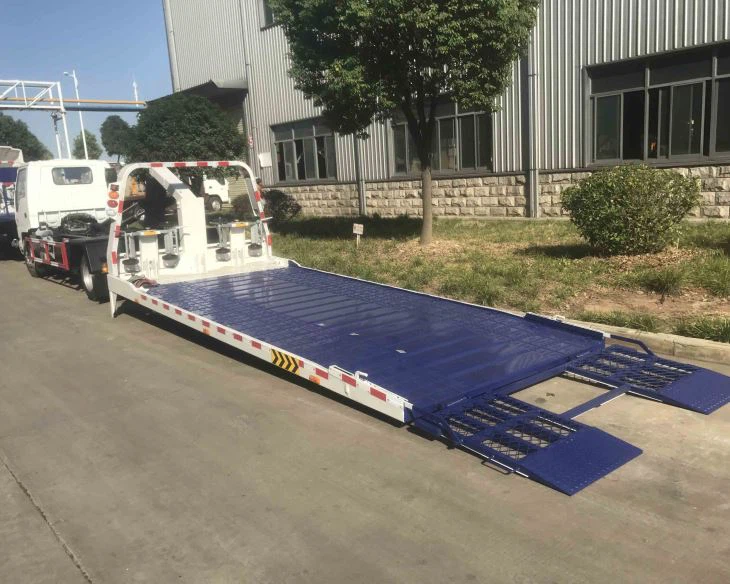Sewage Suction Trucks: The Essential Guide to Understanding Their Importance and Functionality

Sewage suction trucks play a vital role in maintaining hygiene and sanitation in urban environments. These specialized vehicles are designed to remove wastewater and sludge from various sites, ensuring the effective management of sewage systems. In this comprehensive guide, we will explore the mechanics, functionalities, and practical applications of sewage suction trucks. Additionally, we will provide tips for their efficient use and maintenance while addressing common inquiries regarding their operation.
What is a Sewage Suction Truck?
A sewage suction truck is a heavy-duty vehicle outfitted with pumps and tanks for collecting and transporting liquid waste materials, primarily sewage and sludge. These trucks are an integral part of waste management systems, particularly in areas where sewer systems are unavailable or overloaded.
Components of a Sewage Suction Truck
Understanding the components of a sewage suction truck is essential for recognizing its operation:
- Vacuum Tank: This is the main component responsible for collecting sewage. It is designed to hold large volumes of waste.
- Pump System: Typically a rotary-vane or positive-displacement pump, it creates a vacuum that allows for the suction of fluid waste.
- Control System: This includes gauges and controls that monitor the vacuum level and the quantity of waste pumped.
- Hose System: Flexible hoses are used for attaching to manholes or other waste sources for suctioning.
- Chassis: A robust vehicle frame capable of carrying the heavy load of waste and equipment.
How Sewage Suction Trucks Work
The operation of a sewage suction truck can be broken down into several steps:
1. Collection
The process begins when the suction hose is connected to a waste source, such as a septic tank or a manhole. The operator then activates the pump system, creating a vacuum that draws waste into the vacuum tank.
2. Transport
Once the vacuum tank is full, the truck drives to a designated disposal site, such as a wastewater treatment facility. The transport requires careful handling, given the weight and potential hazards of the waste.
3. Disposal
At the disposal site, the operator will release the contents of the tank, usually by opening a valve at the bottom of the tank, allowing for the waste to flow into the treatment system.
Different Types of Sewage Suction Trucks
Sewage suction trucks come in various types, designed to cater to specific waste management needs:
1. Standard Sewage Suction Trucks
These trucks are primarily used for general sewage collection from septic tanks and sewage treatment facilities. They typically feature large vacuum tanks and are capable of handling a significant volume of waste.
2. Combination Sewer Cleaner Trucks
These versatile units are equipped with both suction and jetting capabilities, making them ideal for not only waste collection but also for cleaning clogged sewer pipes.
3. Vacuum Tank Trailers
For those requiring a lower-load option or for smaller jobs, vacuum tank trailers can be towed by various vehicles, providing flexibility and convenience in waste collection.
Applications of Sewage Suction Trucks
Sewage suction trucks serve various industries and applications:
1. Residential Waste Management
Homeowners often use sewage suction trucks for septic tank pumping to prevent overflows and maintain optimal operation.
2. Industrial Waste Removal
Industries that produce wastewater, such as food processing plants, rely on sewage suction trucks for regular waste removal to avoid environmental hazards.
3. Emergency Response
In cases of flooding or system failures, sewage suction trucks are deployed to quickly remove sewage and minimize health risks.
4. Construction Sites
Construction projects sometimes encounter issues with wastewater management, making sewage suction trucks essential for keeping sites clean and compliant.
Choosing the Right Sewage Suction Truck
Selecting the best sewage suction truck depends on various factors such as:
- Volume of Waste: Assess your needs based on the frequency and amount of waste collected.
- Type of Waste: Consider whether you need to handle liquid waste only or require additional capabilities like solid sludge suction.
- Regulatory Requirements: Some regions have specific regulations regarding waste transportation and disposal that must be adhered to.
Best Practices for Operating a Sewage Suction Truck
To ensure efficient operation and maintenance of sewage suction trucks, consider the following best practices:
1. Regular Maintenance
Routine checks on hoses, pumps, and tanks can prevent unexpected failures during operation. Schedule regular inspections to ensure everything is functioning correctly.
2. Operator Training
Providing comprehensive training for operators enhances safety and efficacy when handling the equipment. Proper training also reduces the risk of accidents and environmental contamination.
3. Safety Protocols
Always adhere to safety protocols when handling sewage. This includes wearing appropriate protective gear and ensuring the area is secure.
Cost Considerations for Owning a Sewage Suction Truck
The purchase and maintenance of a sewage suction truck involve various costs:
| Cost Type | Estimated Range |
|---|---|
| Truck Purchase | $200,000 – $600,000 |
| Insurance | $2,000 – $5,000 annually |
| Maintenance | $5,000 – $15,000 annually |
| Fuel Costs | $10,000 – $20,000 annually |
Environmental Impact of Sewage Suction Trucks
While sewage suction trucks are essential for waste management, they also have environmental considerations:
1. Wastewater Treatment

Proper disposal of sewage facilitates effective wastewater treatment and minimizes pollution in local water systems.
2. Air Quality
Modern sewage suction trucks are designed to minimize emissions, helping to improve overall air quality in populated areas.
3. Preventing Contamination
By effectively managing waste, sewage suction trucks help prevent the contamination of soil and groundwater resources.
FAQ Section
What are the key safety procedures to follow when operating a sewage suction truck?
Always wear personal protective equipment (PPE), ensure the work area is secure, and be aware of potential hazards during operation.
How often should a sewage suction truck be maintained?
It is advisable to conduct maintenance checks every 1,000 miles or every six months, whichever comes first, along with regular inspections of crucial components.
Can sewage suction trucks handle both liquid and solid waste?
Depending on the type and specifications of the truck, some models can handle both liquid sewage and solid waste, especially combination trucks.

Are there regulations governing the use of sewage suction trucks?
Yes, regulations vary by region but generally encompass the safe transportation of waste, proper disposal practices, and operator certification requirements.

What is the average lifespan of a sewage suction truck?
A well-maintained sewage suction truck can last between 10 to 15 years, though this varies based on usage patterns and maintenance practices.
Is it necessary to be certified to operate a sewage suction truck?
Yes, operators are often required to complete training and obtain certifications to ensure they understand safe operational practices and regulations.
